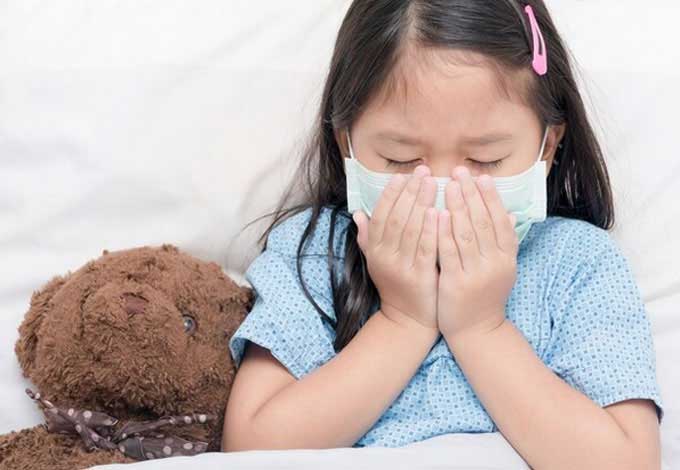Influenza(流行性感冒):symptoms, prevention and treatment - Dr Yeung Ho Hong 楊浩康

What are the symptoms of influenza
?Influenza, commonly known as the flu, is a highly contagious respiratory disease caused by influenza viruses. It spreads mainly through airborne droplets—e.g., coughing, sneezing, or touching contaminated surfaces—easily transmitting among populations. The flu typically occurs seasonally, especially in winter or during sudden temperature drops, often leading to community outbreaks.
Influenza viruses are classified into types A, B, and C, with A and B being the most common causes of seasonal epidemics. Type A, highly mutable, infects both humans and animals, potentially causing cross-species transmission and pandemics, while Type B has only been observed in humans. This variability requires annual adjustments to flu vaccine composition, making yearly vaccination a key preventive measure.
Clinically, flu symptoms appear 1-4 days after exposure, including sudden fever, severe headache, body aches, fatigue, dry cough, sore throat, and runny nose. Some patients develop complications like bronchitis, pneumonia, or sinusitis, especially in young children, the elderly, or immunocompromised individuals, where the condition may worsen or become life-threatening.
Flu diagnosis involves initial symptom assessment, physical examination, and medical history review. Rapid flu tests or viral cultures confirm the diagnosis, identifying the virus quickly to guide treatment plans.
Treatment of Influenza
Treatment focuses on supportive care—rest and hydration—to aid the body’s fight against the virus. Over-the-counter fever reducers and cough suppressants alleviate symptoms. Within 48 hours of symptom onset, antiviral drugs like 奧司他韋 (Tamiflu) or 扎那米韋 (Zanamivir) can inhibit viral replication, shorten illness duration, and reduce complication risks.
How to Prevent the Flu
Prevention remains the most critical strategy. Annual flu vaccination, the most effective method, boosts immunity against dominant strains. Good hygiene—frequent handwashing, alcohol-based sanitizers, and clean environments—lowers infection risk. During peak seasons, masks and social distancing in crowded places are essential precautions.
Public health strategies, such as issuing flu alerts, setting up temporary clinics, and encouraging sick individuals to rest at home, slow viral spread. Healthcare systems bolster emergency preparedness during flu season, ensuring adequate intensive care resources and antiviral supplies to manage complications.
In summary, influenza is a highly contagious respiratory illness with symptoms ranging from mild to severe. Accurate diagnosis, timely symptomatic treatment, and preventive measures like vaccination and hygiene are vital to reducing infection and complication risks. Advances in medical technology and public health enhance flu management, safeguarding public health.
